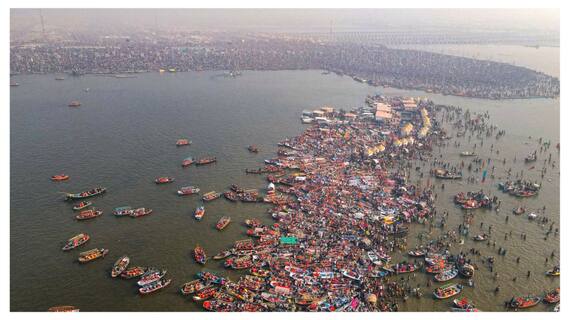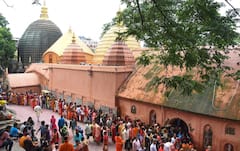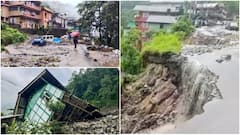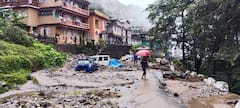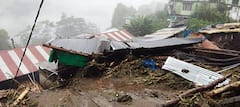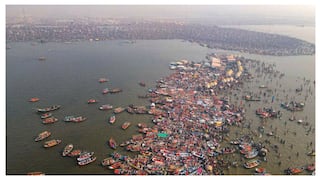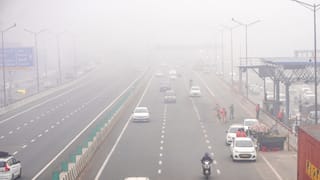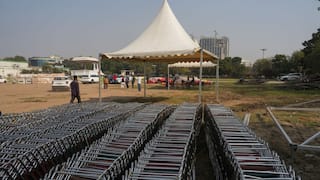Magnitude 4.4 Earthquake Strikes West Karbi Anglong In Assam
A tremor with a magnitude of 4.4 struck West Karbi Anglong, Assam, at approximately 8.50 pm. The National Center of Seismology reported the quake's depth at 10 km beneath the surface.

An earthquake of magnitude 4.4 occurred at around 8.50 pm in West Karbi Anglong, Assam. The depth of the earthquake was 10 km below the ground, posts National Center of Seismology on Saturday.
Earthquake of Magnitude:4.4, Occurred on 19-08-2023, 20:50:37 IST, Lat: 25.99 & Long: 92.27, Depth: 10 Km ,Location: West Karbi Anglong, Assam, India for more information Download the BhooKamp App https://t.co/r93UmkHfjD@Indiametdept @ndmaindia @Dr_Mishra1966 @Ravi_MoES pic.twitter.com/hZ2toBi9dY
— National Center for Seismology (@NCS_Earthquake) August 19, 2023
On Monday, a magnitude 5.4 earthquake struck the northeastern region. The earthquake occurred 16 kilometres beneath the earth's surface, with the epicentre 49 kilometres southeast of Cherrapunjee, Meghalaya.
The quake lasted up to 10 seconds, sending residents of the region, including Assam's Guwahati, fleeing to safety.
The jolt was so powerful that people were afraid to return to their homes for about 30 minutes.
However, no casualties or property damage have been reported as a result of the tremor as of the filing of this report.
This year, the Northeastern states experienced at least 30 minor and light tremors between January and March 14. The region had been rocked by earthquakes on a regular basis for over two months.
According to seismologists, the Northeast is in the seismic V zone and is surrounded in the north and east by active thrust zones and subduction zones. Aside from that, there are numerous active fault lines scattered throughout the Northeastern region, making the area seismically active.
The region has previously experienced major earthquakes of magnitude 8 and above. The region has been hit by several devastating earthquakes, which have altered the region's topography.
The 1897 earthquake, which struck Assam at 11:06 a.m. Coordinated Universal Time (UTC) on June 12, 1897, had an estimated moment magnitude of 8.2-8.3.
It resulted in approximately 1,542 human casualties and catastrophic infrastructure damage.
The earthquake's damage extended into Calcutta, where dozens of buildings were severely damaged, with some partially collapsing. Tsunamis were felt all over India, including Ahmedabad and Peshawar.
The Assam-Tibet earthquake, also known as the Assam earthquake, struck on August 15, 1950, with a moment magnitude of 8.6. Mishmi Hills served as the epicentre. It was the most powerful earthquake ever recorded on land.
The earthquake, which occurred on a Tuesday evening at 7:39 pm Indian Standard Time (IST), was devastating in both Assam (India) and Tibet (China), killing approximately 4,800 people.
As per the seismic zoning map of the country, the total area is classified into four seismic zones. Zone V is seismically the most active region, while zone II is the least. Approximately, 11 per cent area of the country falls in Zone V, 18 per cent in Zone IV, 30 per cent in Zone III, and remaining in Zone II.

Trending News
Top Headlines











